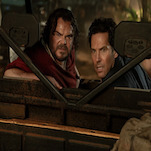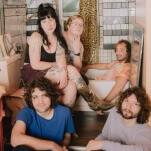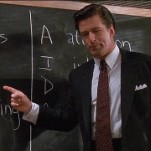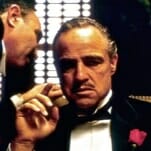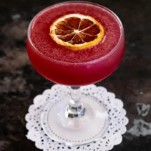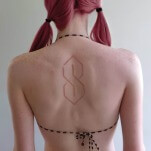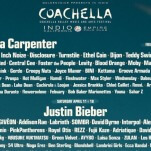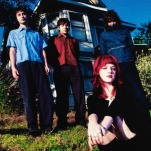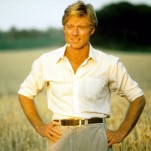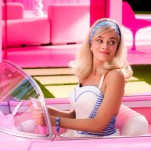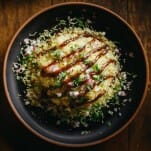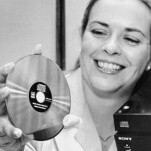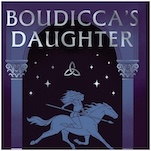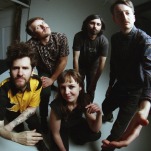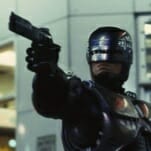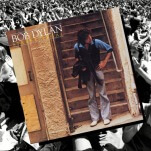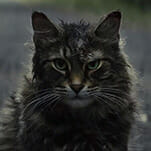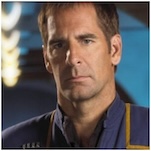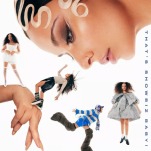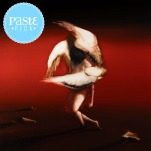Bear Republic Talks West Coast IPAs and Lucky Accidents
Photos via Bear Republic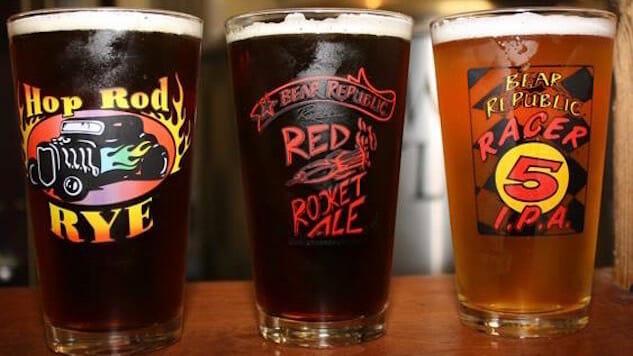
Like many of the breweries that dot the list of the country’s largest producers, Bear Republic Brewing Company of Cloverdale, California, started as a small brewpub (in neighboring Healdsburg). That was 1996. Today they produce about 80,000 barrels per year. The brewery’s number one seller is by far the Racer 5 IPA, which dates back to an early recipe where they tweaked an existing IPA and created a juicy and hop forward predecessor to the style now called “West Coast IPA.”
Bear Republic has had a lot of success with the beer, collecting five awards at Great American Beer Festival for it alone, and spawning the Racer Series of IPAs that grew from Racer 5’s foundation, as well as Double Aught Pilsner, the Big IPA Series, and plenty of new options at their brewpub. Over a cold pour of Racer 5 and a phone call across time zones, Bear Republic master brewer Peter Kruger shared his thoughts on USA IPAs and the West Coast influence. Kruger has been brewing at Bear Republic since 1997. The brewery broke ground on a second brewpub location to open in Rohnert Park, California later this year. Their Mosaic and Meridian hop-build IPA Hop Shovel will debut in bottles next year.
Paste: We hear the term “West Coast” beers a lot. What do you think of that term?
Peter Kruger: It’s not a pejorative term, so we’re good with it. I don’t think it’s only on the West Coast, but I know what people mean by it.
I think you can even split the West Coast style into three major chunks:
The Northwest: The malt character is lower, the alcohol content is a bit lower, and they are very hop forward with bitterness being a big part of that.
Then from the California border down to the Santa Cruz area, we fall right in there. The beers are hoppy but that character is balanced between bitterness and aroma/flavor with a little more malt backbone.
Then you’ve got the San Diego guys whose beers are very dry. They’re higher in alcohol, and there’s more dry-hopping.
Paste: How do you think the West Coast style has developed with time?
PK: What I think happened is that other brewers tasted our beers and said, “That’s different than what we’re doing.”
It’s interesting because if you say “East Coast IPA,” or “Midwest,” I don’t think anything comes to mind in particular. Really the West Coast IPA is separating our style from all the other IPAs. It’s that reckless use of hops, you know. [Laughs.] Because we’re closer to the Yakima Valley where all these hops are grown, we’ve had opportunities to get up there. You spend time in the hop fields and the idea is no longer an abstract idea. I think that’s a big part of where it came from.
-

-

-

-

-

-

-

-

-

-

-

-

-

-

-

-

-

-

-

-

-

-

-

-

-

-

-

-

-

-

-

-

-

-

-

-

-

-

-

-

